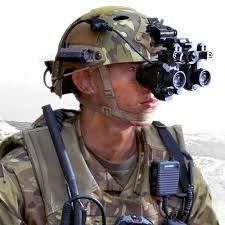source: EIN news
ROCHESTER, NY, USA, June 20, 2017 /EINPresswire.com/ — When on a mission, soldiers are often limited to utilizing only the equipment they can carry on their bodies, yet they must be prepared for varied environments—rain or shine, day or night. Harris Corporation’s Spiral Enhanced Night Vision Goggles (SENVG) enable soldiers to see in low light and complete darkness, providing greater situational awareness and improved threat detection that can save lives. To develop this image intensifier technology, Harris partnered with Ohmcraft to supply the high voltage resistors the SENVG requires to operate.
With any wearable technology, weight and size are critical—particularly for military operations, when soldiers are sometimes expected to carry 70 to 100 pounds of gear—so manufacturers look for any opportunity to lighten the load.
“At Ohmcraft, we are capable of delivering high voltage resistors in extremely small form factors, while maintaining the performance and reliability that is essential in equipment used for military missions,” said Eric Van Wormer, Vice President of the Ohmcraft division of Micropen Technologies.
To manufacture these surface mount resistors, Ohmcraft’s technology utilizes the proprietary Micropen electronic printing system to ‘print’ precise, narrow, serpentine lines with resistive ink on a ceramic substrate producing higher performance resistors over a wider range of values on a smaller surface area than is possible with conventional film resistor technology.
Harris Corporation is the world’s leading developer, producer, and supplier of Generation 3 image intensifier technology, and is currently delivering the SENVG system to the U.S. Army on the ENVG II program.































